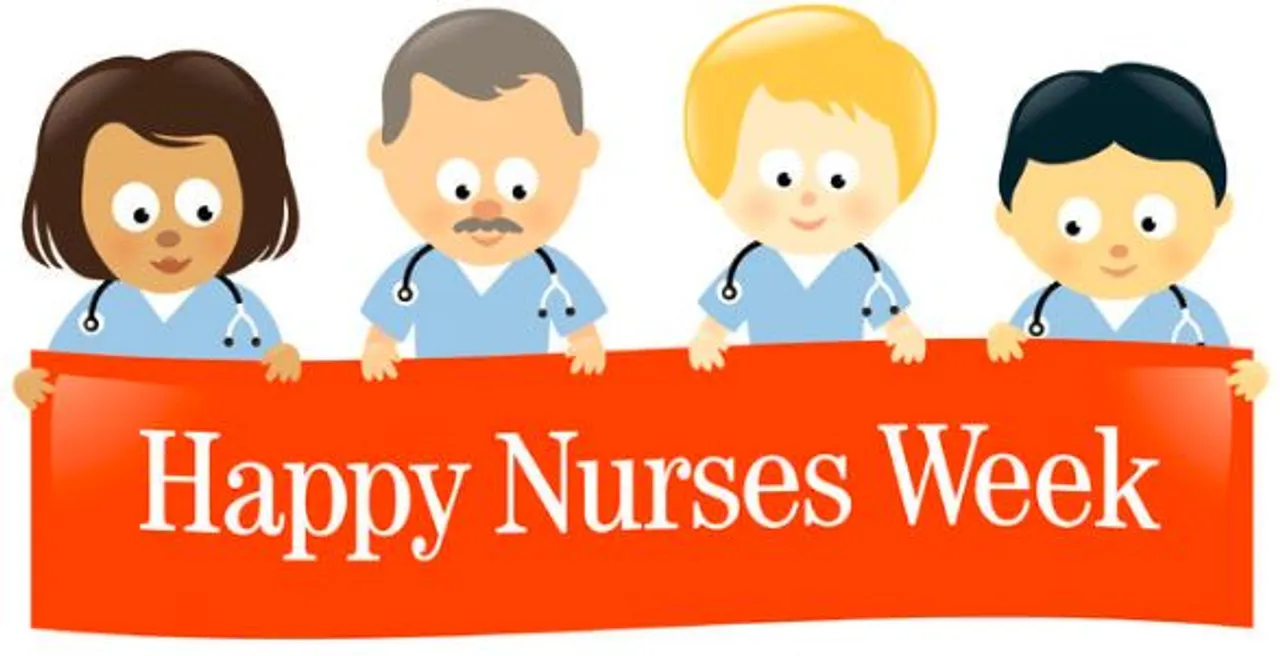National Nurse's Week: What do we really want?

wetnose/123RF.com
It’s National Nurses Week and around the country, thousands of break rooms are proudly displaying cupcakes, banners and balloons celebrating the work of 3.1 million nurses in the United States.
National Nurses Day was first celebrated for the first time in October 1954, it marked the 100th anniversary of Florence Nightingale’s mission to Crimea to treat wounded soldiers. President Ronald Reagan signed a proclamation officially declaring May 6, “National Recognition Day for Nurses” in 1982 and ever since, health care facilities have been trying to find meaningful and affordable ways to honor their nurses.
Some health care facilities offer free massages, free meals, raffles for prizes, free t-shirts and other paraphernalia. Sometimes the rewards are cheesy – a roll of lifesavers with a note saying (you guessed it) “You’re a lifesaver!” Typically a press release is sent out to local press and if the facility presents nursing awards, this is the season to do it. My hospital is savvy; this is the week they give out annual bonuses. While individual managers still do token gifts, a boost in the paycheck is much appreciated. Recognition, large and small, always feels good.
Few nurses are going to complain about free cupcakes, but the national recognition begs the question – what do nurses really want this week?
The American Nurse’s Association, in recent years, has offered a more radical suggestion for celebrating this week. Instead of plying us with gifts, instead, arrange a “Town Hall” meeting to hear the nursing staff’s concerns. In other words, find out what we really want. Because research shows what most of us want isn’t just a bigger paycheck. It’s a say in what our work lives are like. As it turns out, most of us want better working conditions more than we do extra money. Find out what we need to do a better job and find ways to offer it. Whether it’s better scheduling, more opportunities for professional development, or more input into our patients’ treatment, listen to what we have to say.
Some hospitals are starting to.
Inova Fairfax, a hospital outside Washington DC, was profiled in the Washington Post for introducing a state-of-the-art data system - consisting of video monitors and other equipment that tracks the vital signs of intensive care patients – designed to reduce the amount of time nurses spend filling out paperwork. I can’t help but drool over their staff concierge services that offers dry cleaning, movie tickets and car detailing for busy nurses trying to juggle their professional and personal lives. (2)
OhioHealth made Fortune Magazine’s Top 100 Places to Work list by listening to their nursing staff. From its extensive wellness program, onsite day care, tuition reimbursement and free concierge service to family sports nights and shopping trips for tenured staff, OhioHealth is committed to shared governance, and its proof is in the low staff turnover rate, with over 500 employees a year celebrating twenty years of service. One such veteran nurse just finished her 55th year with OhioHealth. Somebody is listening to their staff. (3)
It’s a win-win situation. There is plenty of data that links improved patient outcomes with increased nursing staff morale. And replacing us isn’t cheap. On average, it costs hospitals more than $60,000 to replace a registered nurse who leaves a job, according to research conducted by Cheryl Bland Jones, Ph.D., RN. (1)
That’s a lot of cupcakes.
What does your employer do to recognize nurses during National Nurses Week? Please share with us in the comments section below.
Sources:
- http://www.travelnursing.com/news-and-features/news-detail/What-Do-Nurses-Really-Want/31308/
- http://www.washingtonpost.com/wp-dyn/content/article/2008/09/12/AR2008091203367.html
- http://www.nursezone.com/Nursing-News-Events/more-news/Top-Hospitals-Recognized-as-%E2%80%98Best-Places-to-Work%E2%80%99-in-the-US_28990.aspx
Related Posts
